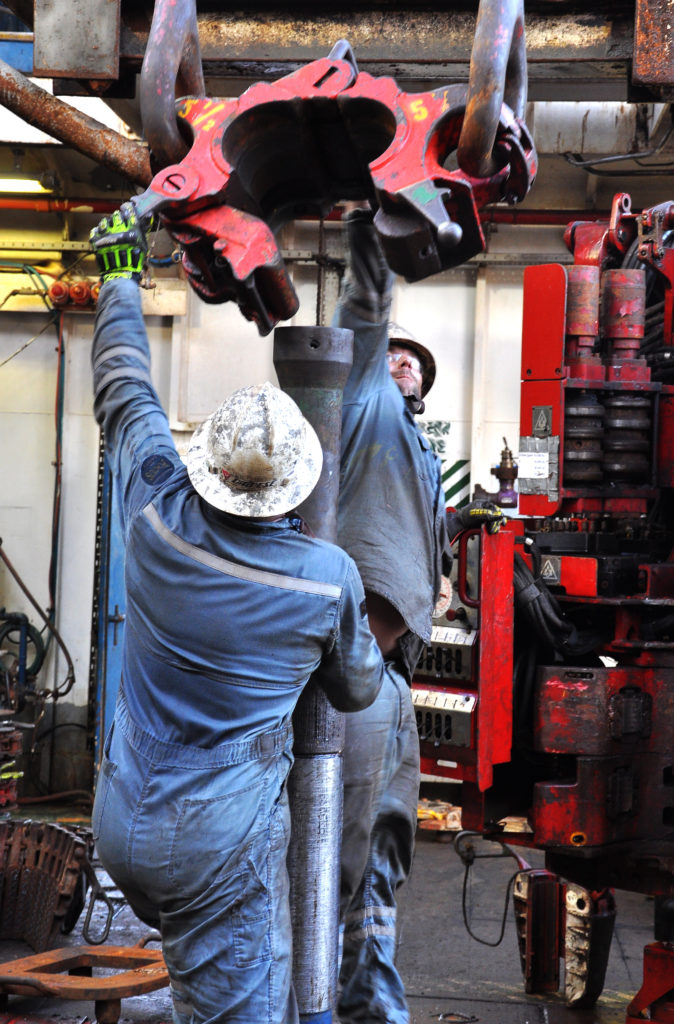Ever talked to someone who sells cars about the patterns of human behaviour?
‘So, you see, you’ve got your four basic types of customer. You’ve got your giraffe, your bear, your sheep, and your lion. Lions are the hardest…’
I know, I know – we are all special and unique little snowflakes too. But in some contexts, we all conform to a pattern. Salespeople use this as a quick way to adjust their interactions; and when you think about it, lots of industries lump people into categories to ease the path to understanding. But I must be a slow learner because it took me twenty years of asking the same question thousands of times before I could see a pattern in my business.
That question was ‘How did you hurt yourself?’
It occurred to me one day that there’s been four main answers to this question. That is – most people hurt themselves in one of four distinct ways.
We now call these ‘the dumb things’.
If I’ve only got 20 minutes to talk to a crew I’ll just say, ‘Don’t ever do these four things and you’ll probably be OK.’Dumb thing number four? Torque on the shoulder joint when the arm is reaching.
OK, stay with me now. Structurally the shoulder joint is a bit like a golf ball on a tee. The head of the humerus sits in a very shallow ‘socket’ which is more like a depression really. It’s called the glenoid fossa. The benefits of this arrangement? Huge mobility. The cost? Huge instability. But we are a pretty-well designed piece of gear, so the shoulder, besides the normal joint capsule and ligaments, has a dedicated harness of small muscles that wrap around it to help pin that golf ball hard on the tee so that it behaves more like a joint in the various positions it’s in. The collective name for these muscles is the rotator cuff, and they create temporary, situational stability.
Supraspinatus, infraspinatus, subscapularis and teres minor (with probably some help from pec. minor and teres major) all co-contract and work together to keep the shoulder stable while the big muscles (triceps, biceps, latissimus, pectorals, deltoids) use it to do the things that big muscles want to do: push, pull and hold.
But wait – there’s a twist, literally, in this tale. Muscles are most effective when they are close to the middle length. The further we stretch, the less power they can exert. Which brings us to the two characters in the picture. Right now, with their arms at full reach like that, the big muscles are being rendered mostly ineffective because they are right at their full stretch. So, if they have to exert any force on that collar the body is going to have to recruit some other muscles to do the job. What do you reckon those muscles might be?
That’s right – the rotator cuff…and the one that goes ‘ping’ is usually supraspinatus, and it’s a very nasty injury.
So my first question to these guys would be, ‘Is it really necessary to reach all the way up like that? Can you let it come a bit lower before you put hands on it? That’d be a start.’
Not simple, is it? But if we really want people to lower their risk and make better decisions in how they move, we need to walk them through this stuff: get them to play with the joints at different angles and feel what we are talking about. It’s why, when it comes to manual handing training, we reckon a twenty minute talk on how to lift boxes off the floor doesn’t really cut it.


